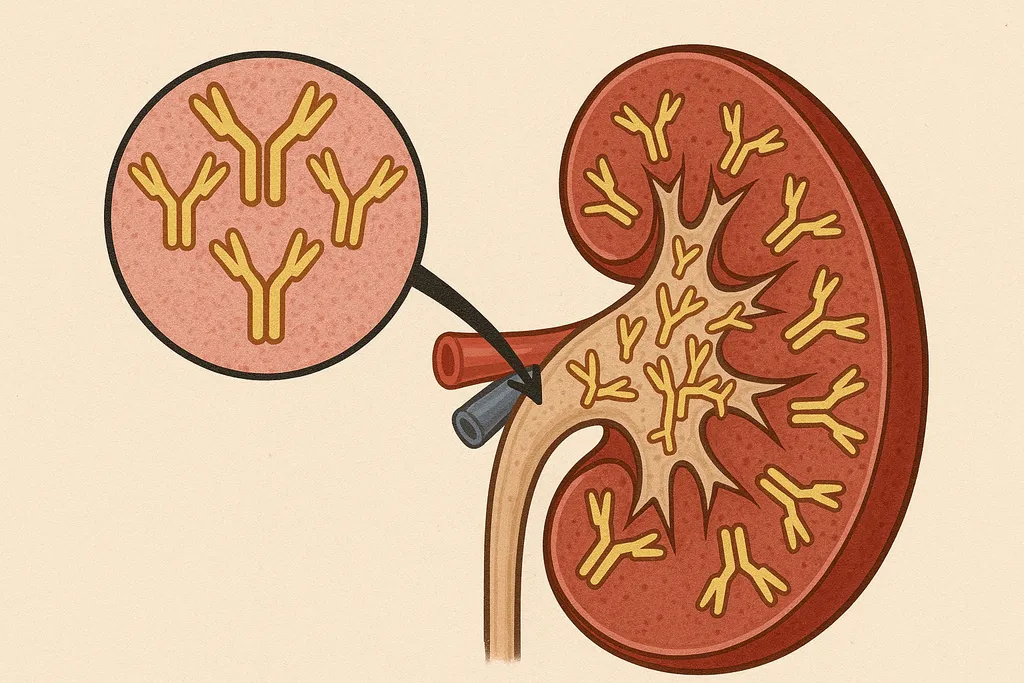Survival Of Nonsecretory Multiple Myeloma Patients Improves Over Last Decade

BY MAIKE HAEHLE from The Myeloma Beacon Results of a recent retrospective study conducted at the Mayo Clinic indicate that the survival of patients with nonsecretory multiple myeloma has improved over the last decade. Nonsecretory multiple myeloma is a rare form of myeloma in which a patient’s disease cannot be diagnosed or tracked by the presence of monoclonal protein in the blood or urine. This is not the case for most myeloma patients, who have “secretory” disease which can be tracked using lab results such as a patient’s “M-spike” or free light chain levels. The authors of the new study found that, among multiple myeloma patients diagnosed between 1973 and 2001, the median overall survival was similar for patients with nonsecretory myeloma (3.6 years) and secretory myeloma (3.5 years). Overall survival improved in both secretory and nonsecretory myeloma patients diagnosed between 2001 and 2012 compared to the earlier period. However, the improvement in survival was greater in patients with nonsecretory multiple myeloma. The median overall survival for nonsecretory patients diagnosed between 2001 and 2012 was 8.3 years compared to 5.4 years for secretory patients diagnosed in the same time period. The researchers note that the improvement in survival in the later period occurred during the time when the newer, “novel” therapies for multiple myeloma began to see widespread use. It is not clear, however, why the introduction of these newer therapies had a greater impact on the survival of nonsecretory myeloma patients than secretory patients. For more information about the study, click here.
BY MAIKE HAEHLE from The Myeloma Beacon Results of a recent retrospective study conducted at the Mayo Clinic indicate that the survival of patients with nonsecretory multiple myeloma has improved over the last decade. Nonsecretory multiple myeloma is a rare form of myeloma in which a patient’s disease cannot be diagnosed or tracked by the presence of monoclonal protein in the blood or urine. This is not the case for most myeloma patients, who have “secretory” disease which can be tracked using lab results such as a patient’s “M-spike” or free light chain levels. The authors of the new study found that, among multiple myeloma patients diagnosed between 1973 and 2001, the median overall survival was similar for patients with nonsecretory myeloma (3.6 years) and secretory myeloma (3.5 years). Overall survival improved in both secretory and nonsecretory myeloma patients diagnosed between 2001 and 2012 compared to the earlier period. However, the improvement in survival was greater in patients with nonsecretory multiple myeloma. The median overall survival for nonsecretory patients diagnosed between 2001 and 2012 was 8.3 years compared to 5.4 years for secretory patients diagnosed in the same time period. The researchers note that the improvement in survival in the later period occurred during the time when the newer, “novel” therapies for multiple myeloma began to see widespread use. It is not clear, however, why the introduction of these newer therapies had a greater impact on the survival of nonsecretory myeloma patients than secretory patients. For more information about the study, click here.

about the author
Lizzy Smith
Lizzy Smith was diagnosed with myeloma in 2012 at age 44. Within days, she left her job, ended her marriage, moved, and entered treatment. "To the extent I'm able, I want to prove that despite life's biggest challenges, it is possible to survive and come out stronger than ever," she says.
More on Treatment Advances
Trending Articles




Get the Latest Multiple Myeloma Updates, Delivered to You.
By subscribing to the HealthTree newsletter, you'll receive the latest research, treatment updates, and expert insights to help you navigate your health.













